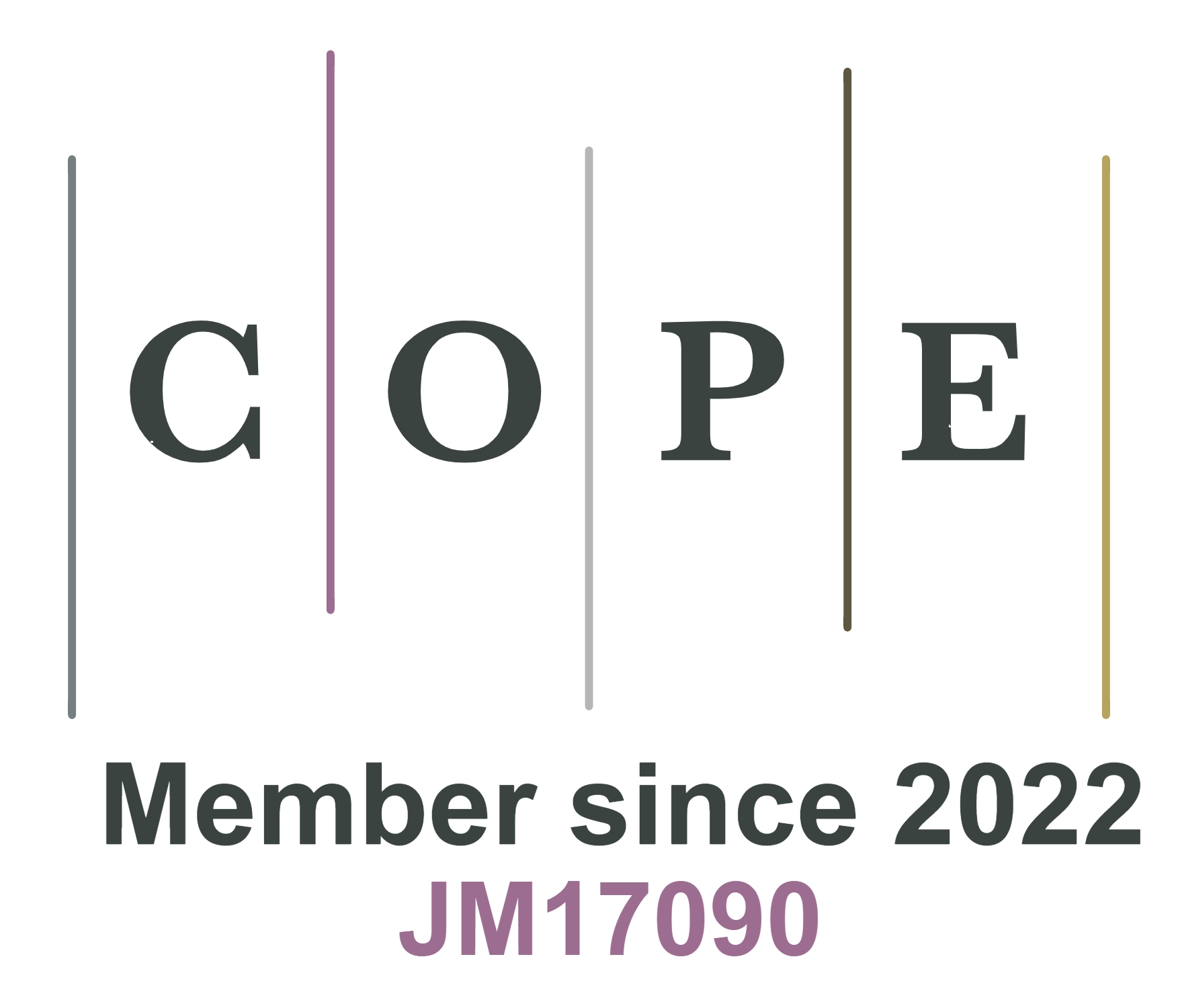fig7

Figure 7. The illustration and the image of the preparation, application, and detection performance of the MOFs-based hydrogel. (A) The illustration of the composite hydrogels 1@SA. The linear curve between intensities of 1@SA and the β-lactamase concentrations with error bars. And the photographs of the 1@SA hydrogels toward the various concentrations of β-lactamase serum solutions. Reproduced with permission from ref[89]. Copyright 2018 Royal Society of Chemistry; (B) The illustration of the detection platform. The pseudo-color image of the scattered light intensity along the hydrogel optical fiber axis. Fluorescence responses to practical water samples including mineral water, tap water, and drinking water. Reproduced with permission from ref[92]. Copyright 2018 Royal Society of Chemistry; (C) Schematic illustration of the dZIF-8 BH portable biosensor for glucose detection. And the selectivity of the biosensor toward glucose. Reprinted (adapted) with permission from ref[94]. Copyright 2020 American Chemical Society (Condition: 1 mM glucose; 10 mM interferents; incubation for 15 min); (D) The schematic illustration of the fabrication of ABEI/Co2+/CS hydrogel and the detection principle of the hydrogel towards OPs. The comparison between D-AAs and L-AAs, and insets show the corresponding CL imaging measured at an exposure time of 3 min. Reproduced with permission from ref[13]. Copyright 2018 Royal Society of Chemistry. MOFs: Metal-organic frameworks; CS: chitosan; OPs: organophosphorus pesticides; CL: chemiluminescence.









